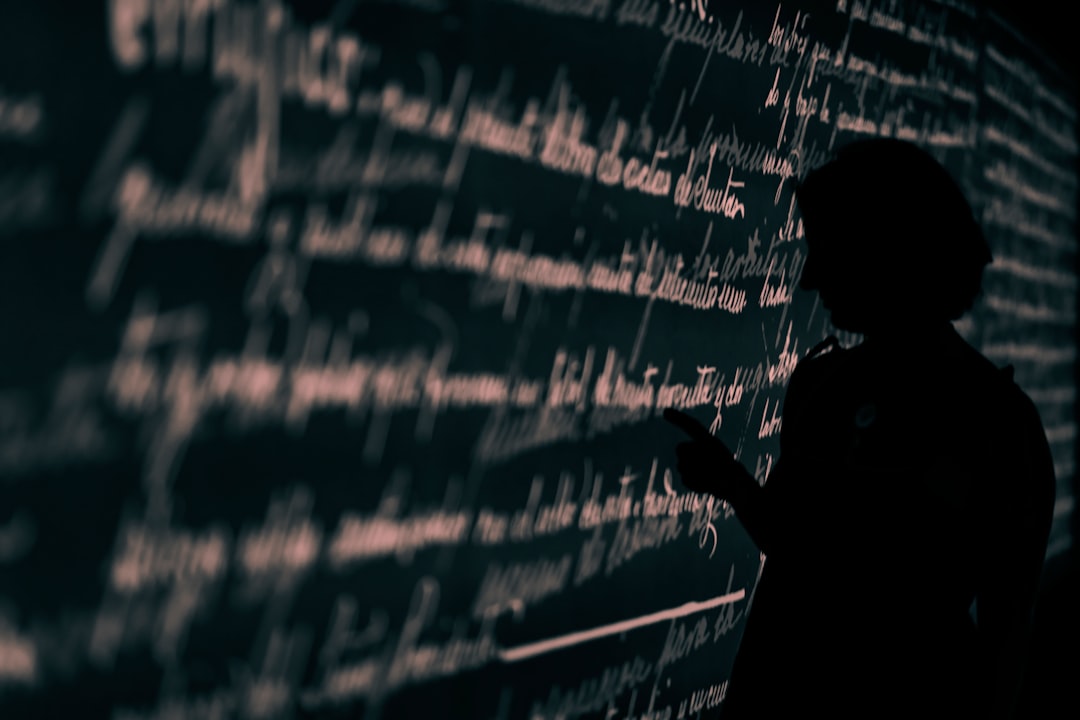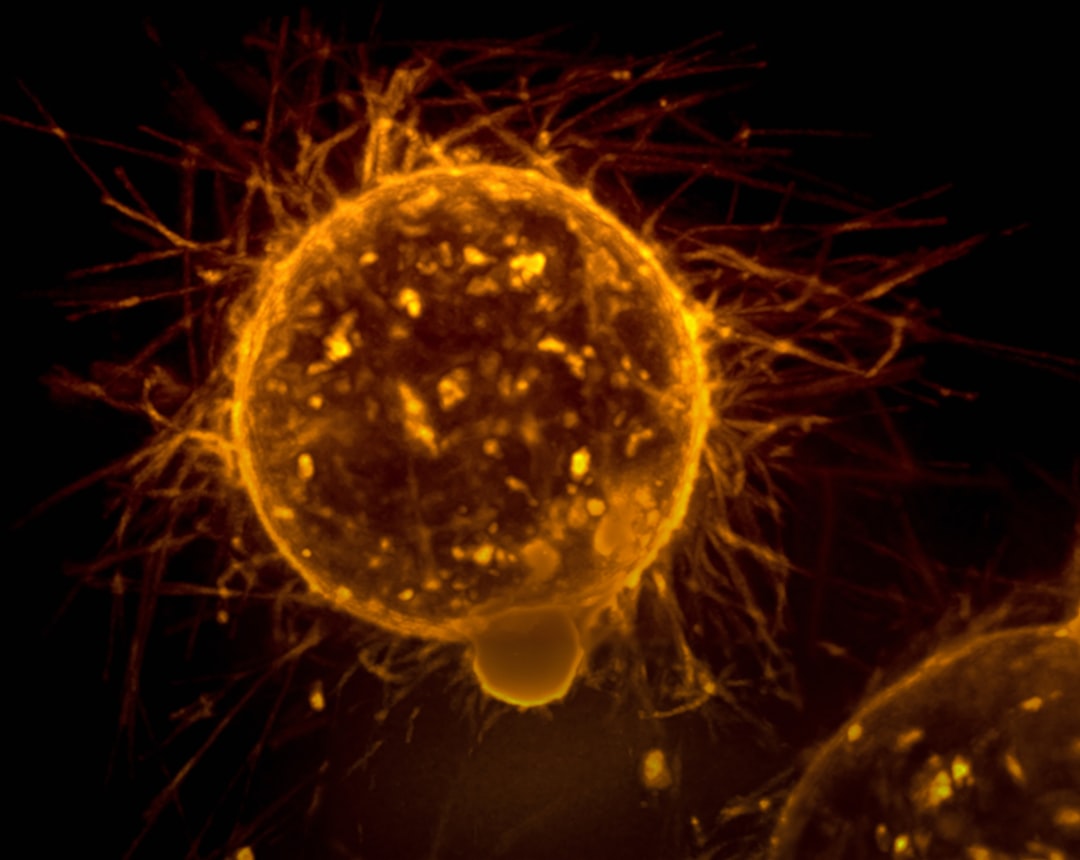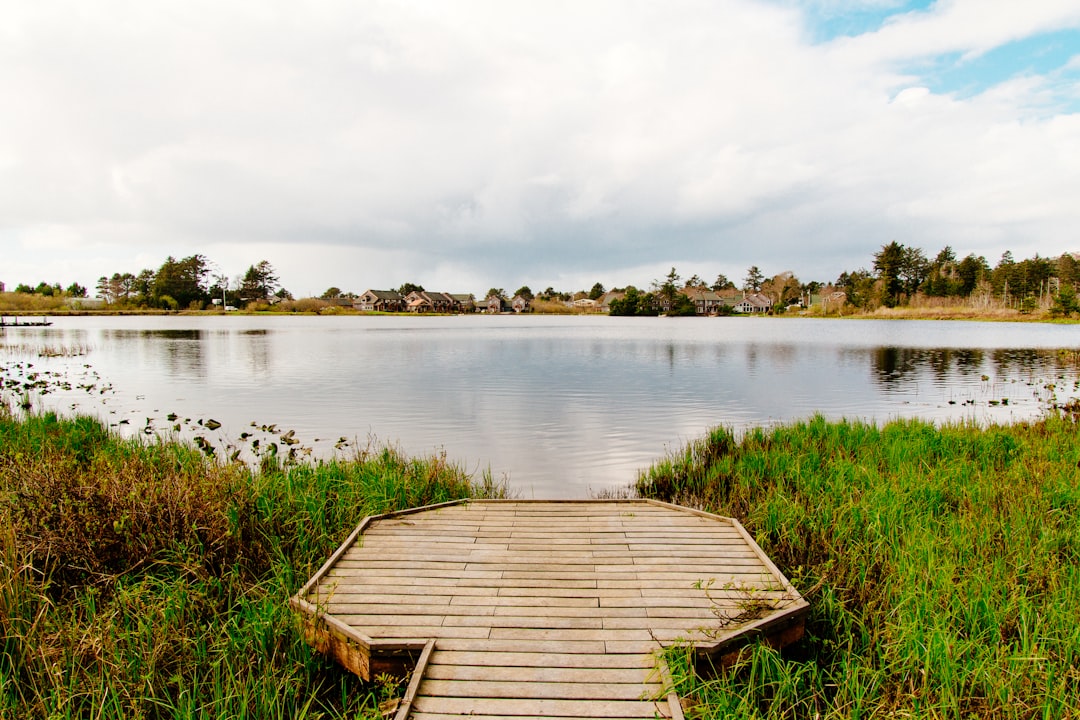What is it about?
This work is a novel attempt to solve the long-standing issues about the solubility of N2 in aqueous medium and industrial scale production rate of ammonia by electrochemical nitrogen reduction reaction (NRR) at ambient condition. Mechanistic investigation shows that Lewis acid (BF3) has the capability to hold N2 by forming a Lewis-base adduct, which helped to bring an appreciable concentration of N2 at the vicinity of the catalyst. The N2 further adsorbed on catalyst surface by a push-pull electronic effect that brought about its facile activation, polarization and protonation towards a high production rate of ammonia near the industrial scale periphery.
Featured Image

Photo by Raphaël Biscaldi on Unsplash
Why is it important?
It is to be noted that, researchers from different corners of the world are dedicated to the electrochemical synthesis of NH3 by nitrogen reduction, only to achieve green ammonia that can be obtained ambiently. Ambient here means, with no carbon emission, in aqueous medium and at room temperature and pressure. But, the most important factor that impedes the production rate of ammonia is the poor solubility of nitrogen in the aqueous medium because of its chemical inertness, which thereby makes way for the competitive hydrogen evolution reaction (HER) at the electrode surface. Several strategies have been imposed on the catalyst designing to prevent HER. From electrolyte point of view, mainly two conditions are followed to date to prevent this competitive HER: (a) to optimize the proton concentration in the medium by using organic/aqueous electrolyte; although the production rate of NH3 increased but the use of ethanol/methanol (C containing fuel) is not likely to be used in large proportion as electrolyte. (b) to promote nitrogen solubility by using ionic liquid electrolytes; although it successfully suppressed HER and increased the Faradaic efficiency of NRR, but did not help much with respect to the yield or production rate of NH3 synthesis. Moreover, most of the ionic liquid electrolytes require inert atmosphere for use and are generally costly. Thus, these two approaches cannot be regarded as “green” and “ambient” towards proficient NRR process. In this work, MnN4 system is found to be good for NRR. But in all other aqueous electrolytes like HCl, Na2SO4, LiClO4 and KOH, the performance was indeed ordinary, which got proliferated in presence of NaBF4, which we have used in this work for the very first time. Our experimental and theoretical findings go hand-in-hand towards the understanding of the chemistry behind such high performance. We have undergone several experiments to establish the existence of BF3 in our medium, which is the limelight of this work. Unlike all other electrolyte anions, BF3 has the capability to bring N2 into the medium by forming a Lewis acid-base adduct pair. Secondly, BF3 interacts with the adsorbed N2 and by a push-pull electronic effect, BF3 draws the electron density from N2 allowing its facile bond polarization and first protonation. Thus, here we have utilized our electrolyte itself as a “co-catalyst” to overcome the potential determining steps that have so far limited the kinetics of NRR towards achieving high yield and production rate of NH3 in aqueous medium.
Perspectives
Electrochemical nitrogen reduction reaction offers a wide-ranging scope to work upon the different challenges that it brings along. This work was a wonder project, where we have shed light on a very simple Lewis acid base chemistry to overcome the long standing issue of N2 solubility and activation in aqueous electrolyte. The limelight of the work "NaBF4" as a working catholyte served the purpose beyond a catalyst to activate and polarize N2 in aqueous medium to obtain high production rate of ammonia. We hope this work would open up new vistas and motivate researchers to work more on aqueous electrolyte improvisation for NRR.
Ashmita Biswas
Electrochemical nitrogen reduction reaction offers a wide-ranging scope to work upon the different challenges it brings. This work was a wonder project, where we have shed light on an effortless Lewis acid-base chemistry to overcome the long-standing issue of N 2 solubility and activation in aqueous electrolytes. The limelight of the work "NaBF4" as a working catholyte served the purpose beyond a catalyst to activate and polarize N 2 in an aqueous medium to obtain a high production rate of ammonia. We hope this work will open up new vistas and motivate researchers to work more on aqueous electrolyte improvisation for NRR.
Ramendra Sundar Dey
Institute of Nano Science and Technology
Read the Original
This page is a summary of: Lewis acid–dominated aqueous electrolyte acting as co-catalyst and overcoming N
2
activation issues on catalyst surface, Proceedings of the National Academy of Sciences, August 2022, Proceedings of the National Academy of Sciences,
DOI: 10.1073/pnas.2204638119.
You can read the full text:
Contributors
The following have contributed to this page










